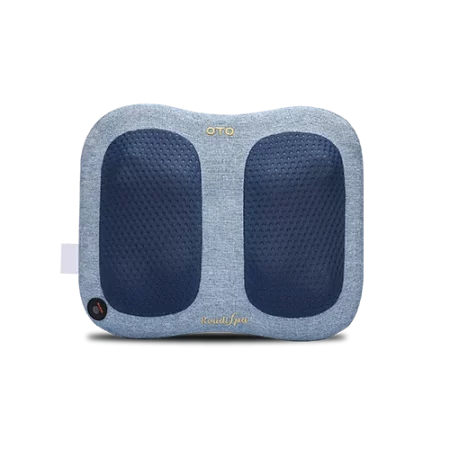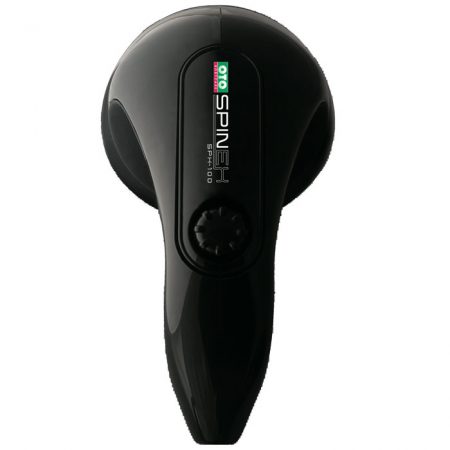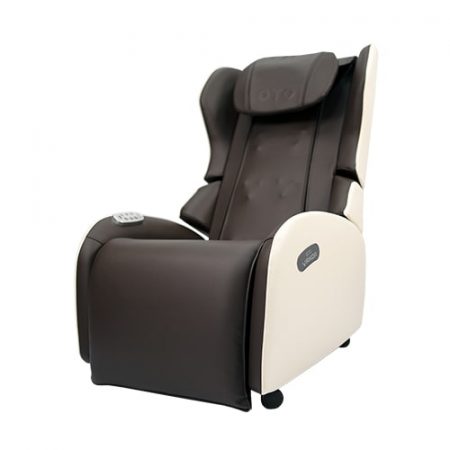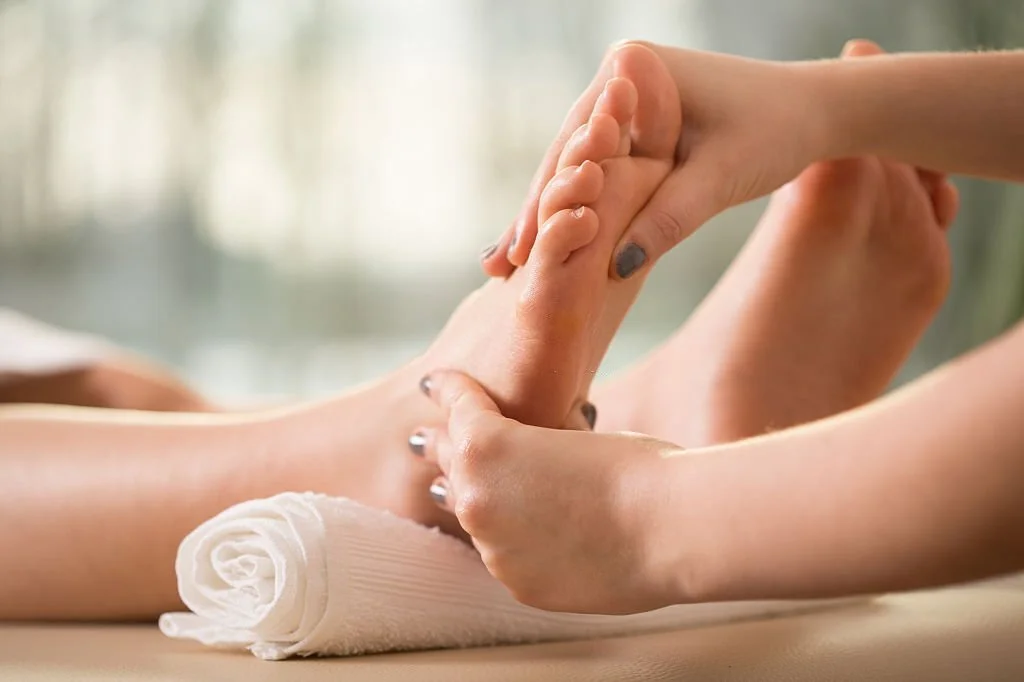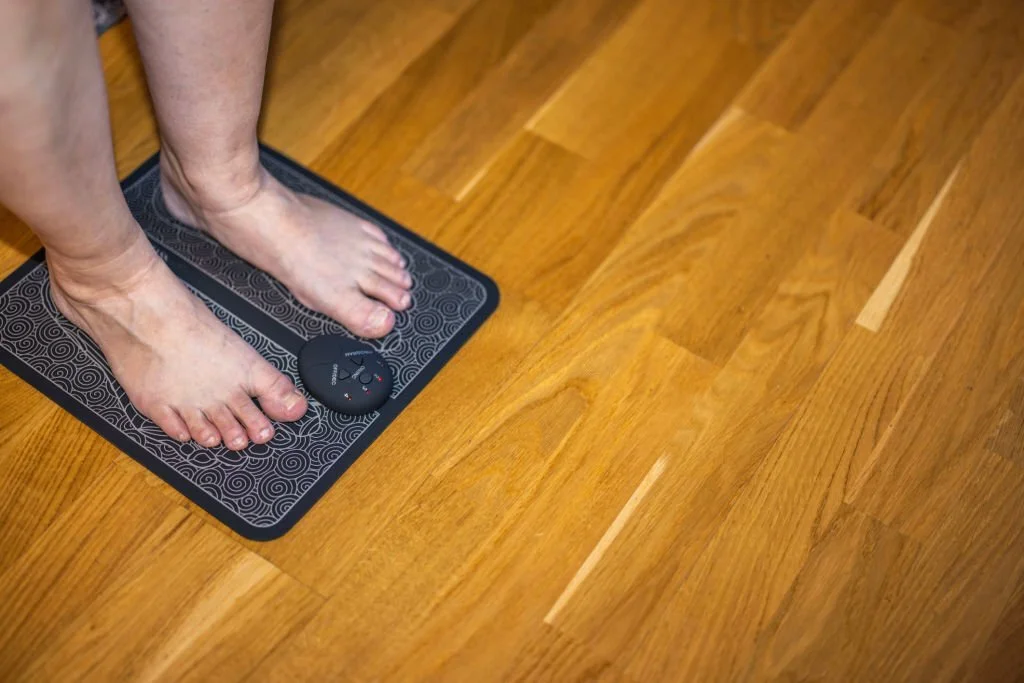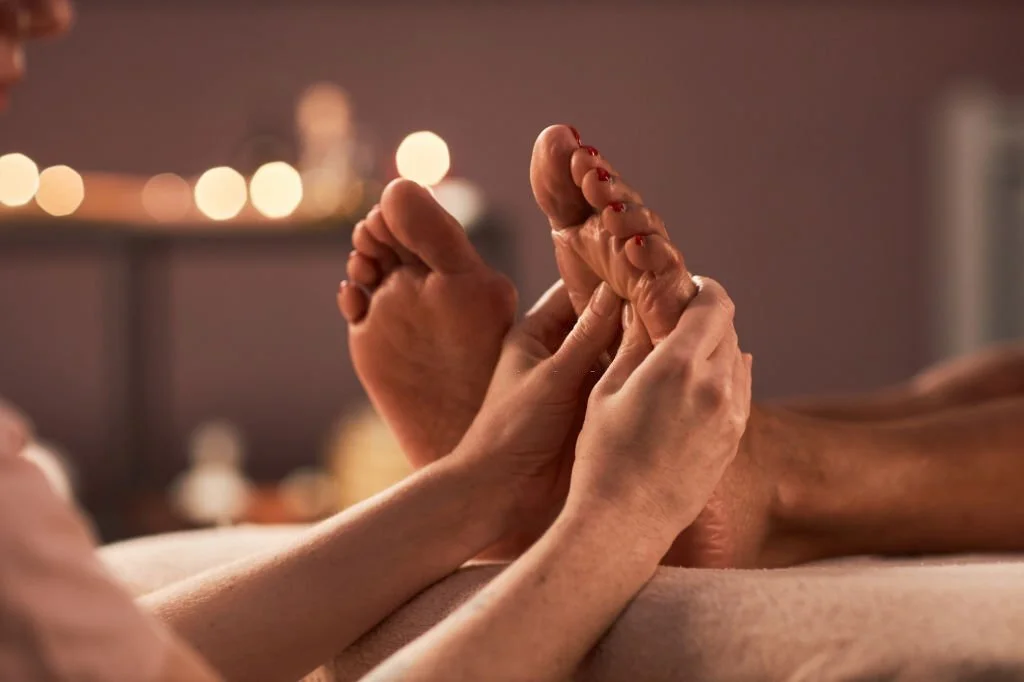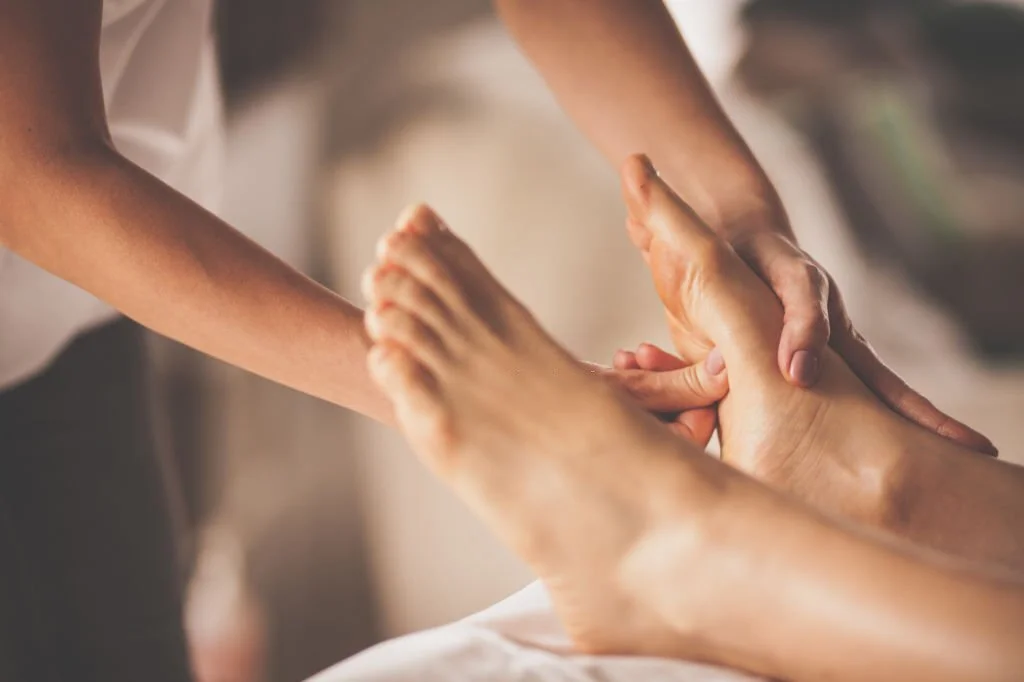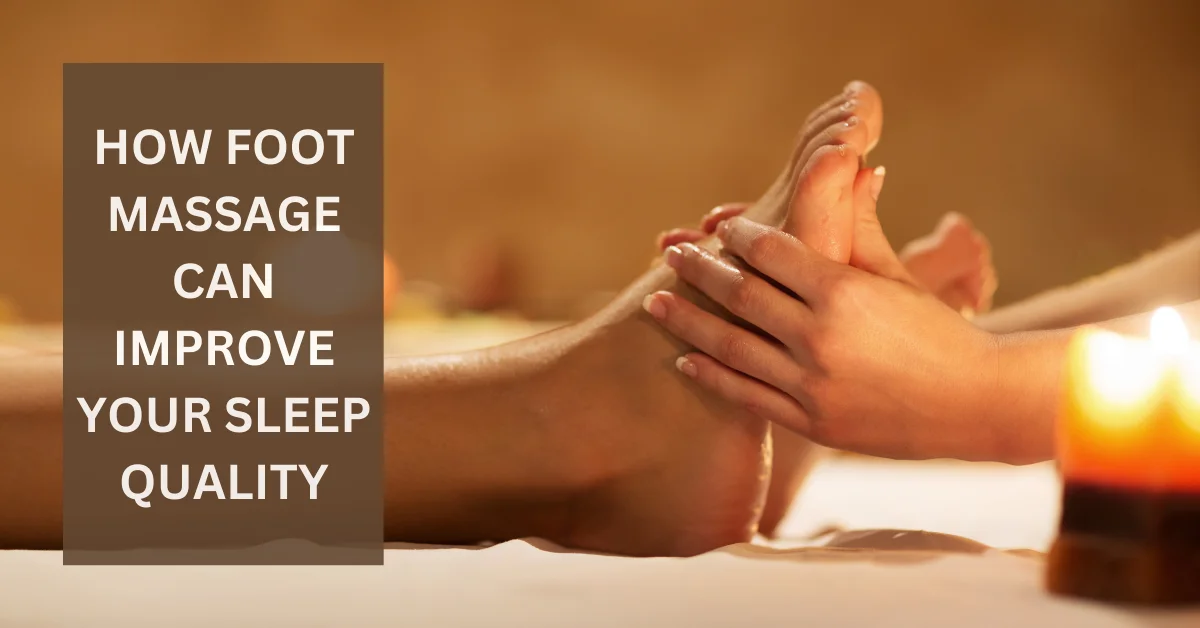Foot Massage for Improved Sleep: Enhancing Your Restful Nights
In today's fast-paced world, getting a good night's sleep has become a luxury. Stress, anxiety, and various health issues often contribute to restless nights, leaving us feeling drained and fatigued the next day. However, there's a natural and effective solution to promote better sleep: foot massage. A soothing foot massage

